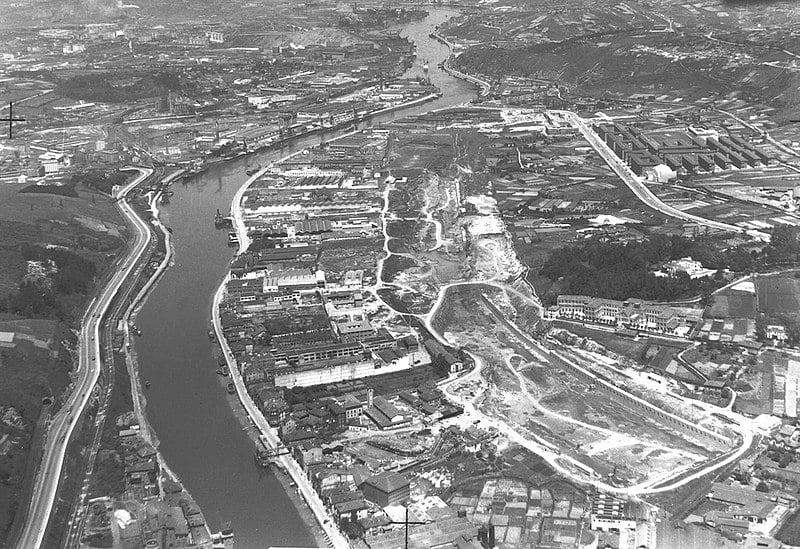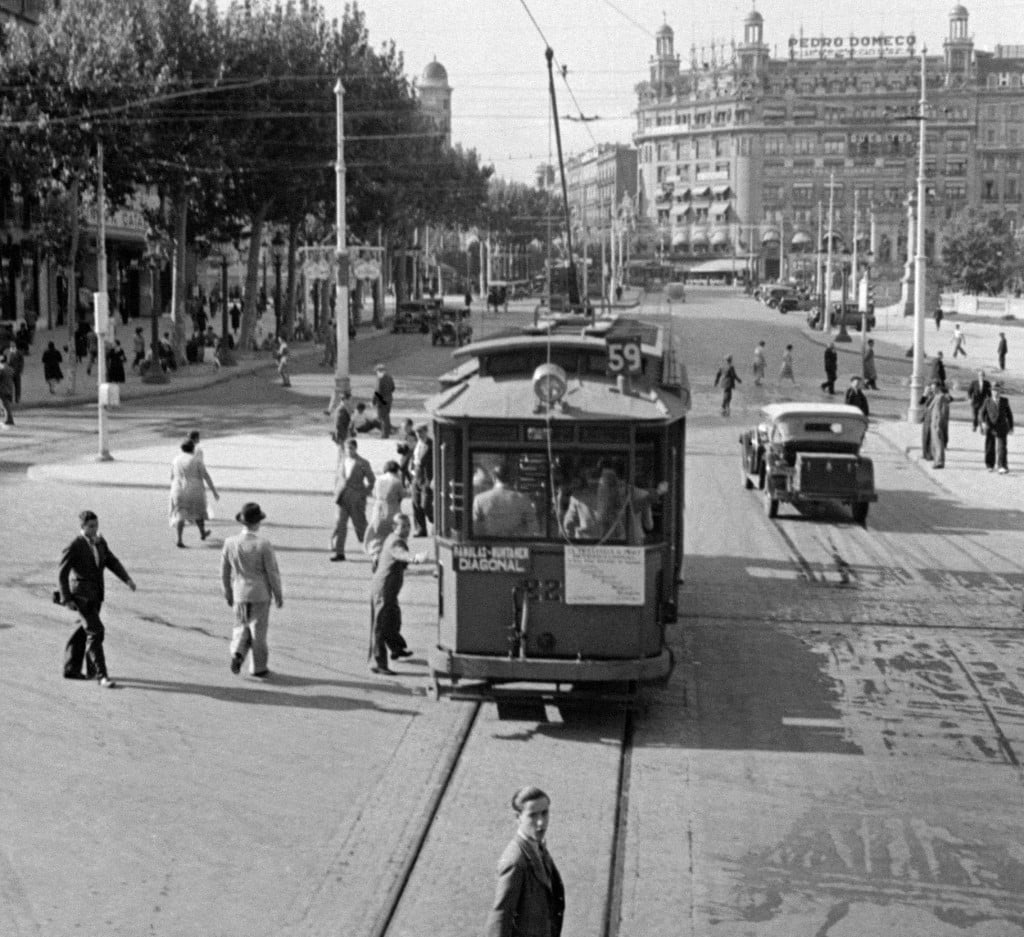The Basque Country and Catalonia are distinct regions within Spain but they do have plenty in common. Both have their own languages (Euskera and Catalan); they share a border with France, and they’ve both had controversial independence movements.
They share one other crucial trait: they’re wealthy regions, especially when compared to most of Spain’s 15 other autonomous communities.
According to the latest data available from Spain’s National Statistics Institute(INE), Basques have the highest rate of disposable income per capita with €20,479 (29.5 percent above the average in Spain), the second largest GDP of all regions after Madrid and the highest salaries in the whole country (€31,064 gross a year).
As for Catalonia, it’s the region with the third biggest number of millionaires in the country, it has the fourth largest GDP, Catalans have the fourth highest amount of disposable income and the fourth highest salaries in the country (€28,145 gross on average a year).
The only two other regions which can rival Catalonia and the Basque Country in terms of these wealth standards are the capital Madrid and Navarre, which is next to El País Vasco and is culturally very similar.
Both regions are historically wealthy
In the 19th century, both the Basque Country and Catalonia played a big part in Spain’s industrial revolution, while the rest of the country still largely had an agricultural and artisanal-based economy.
During the Franco regime, massive investment was poured into these two regions, raising their GDP per capita by 80 percent under the dictator’s postwar Stabilisation Plan.
Catalonia and the Basque Country, along with Navarre, have consistently been three of the richest regions in Spain and with the largest numbers of people employed since 1955.
With a population of a little over two million people in the Basque Country, the ratio of high wage manufacturing to GDP is double that of the US, and 16 percent higher than Germany or Japan. Since 1995 it has reduced greenhouse gas emissions by 12 percent while GDP increased 70 percent, decoupling economic growth from greenhouse gas increases.
Industry and wealth in the Basque Country aren’t only in large cities such as Bilbao and San Sebástian, they are distributed throughout the region in many smaller towns, helping to add to the success of the region as a whole and not just individual cities.

Another factor that has helped the Basque Country and Navarre to become so financially successful is the Basque agreement – an economic legal agreement that regulates the financial relations between Spain and the Basque Country, whose origins began in the 19th century.
This means that the Basques and Navarrese pay their taxes directly to the provincial governments instead of to the Spanish government, enabling more investment in each province and tax incentives such as a 30 percent deduction for start-ups in certain areas.
It also means that the Basque Country receives twice as many resources per capita as Madrid, Catalonia or Andalusia.
Catalonia on the other hand started out being a strong economic powerhouse in Spain, dating all the way back to the Romans.
Tarraco, now Tarragona was the first Roman settlement on the Iberian Peninsula and become one of the most important cities for the Roman empire in the region. The Romans also founded Barcino, now the city of Barcelona, where much of Catalonia’s financial success is generated.
Then in the 18th century, because of its strategic position, on the coast and close to the rest of Europe, Catalonia became a very wealthy region and home to many merchants.
It was customary that the second son of well-off Catalan families would dedicate himself to commerce and trade.
READ ALSO: Why do Catalans have a reputation for being stingy?

What makes Catalonia and the Basque Country successful today?
According to the government of Catalonia, industry represents 19 percent of the Catalan GDP. Additionally, half of the Catalan economy has either a direct or indirect relationship with the industrial sector.
Tourism also accounts for 12 percent of the Catalan GDP and has become one of the most important economic activities. Barcelona is one of the top European destinations and received more than 19 million foreign tourists before the pandemic in 2019.
Catalonia has always been an important area for trading due to its location on the Mediterranean and its proximity to the rest of mainland Europe. Barcelona has also become a strategic meeting point for international business.
The Basque Country on the other hand isn’t anywhere near as popular for tourism as Catalonia. Unpredictable, often rainy weather and location on the wild Bay of Biscay, rather than the calmer shores of the Mediterranean make it less desirable to tourists.
Instead, the Basques turned to industry instead of tourism.
The Basque Country has traditionally been one of Spain’s main industrial hubs, and today is home to thriving aeronautics and energy industries, while much of other regions such as Extremadura and Andalusia remain largely agricultural.



 Please whitelist us to continue reading.
Please whitelist us to continue reading.
Member comments